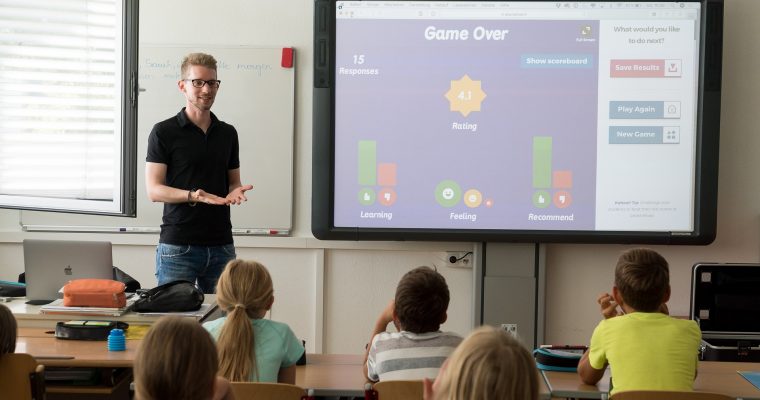One way to deliver that is through a blended learning approach; however, it needs to get done the right way.
While it’s essential to give training to your employees, there’s a need to deliver a well-thought and effective training that caters to their needs.
What is blended learning?
Blended learning is a widely used term to describe the mix of traditional classroom training, self-study, and online training, to create an improved learning experience.
It makes use of traditional classroom instructions, and blend it with technology-related elements of online training. This strategy is of greater benefit to e-learning as it leads to increased productivity.
Apart from that, it includes several learning strategies that can help to motivate and increase employees’ engagement. Although some L&D professionals have adopted this strategy for their learning program, some are still reluctant to use it.
Here’s why we bring to you some of the benefits of using a blended learning strategy for your e-learning courses.
6 Impacts of blended learning on eLearning to achieve the effectiveness of training
Flexibility and engagement to learners
Blended learning strategy helps instructors to provide flexibility to learners/employees in terms of how, and what to learn. Besides that, it also empowers learners as they get control over the training.
Furthermore, it enables employees/learners to have easy access to training content through PCs and mobile devices on the go, at their convenience.
Traditional classroom training has its advantages. However, when it comes to balancing schedules, it can be hard for some employees to meet up with the timing of the training.
By blending both classroom training and the digital model, employees get to plan when to learn based on their schedules. That introduces more flexibility to your online training and enables employees to learn at their convenience.
You can achieve engagement by using different material types including video, images, and audio.
Introducing multimedia and infographics content into your training will enable learners to access it through different platforms like video, image, and ebook.
Collaborative learning
Just like in face-to-face training, blended learning can help to promote collaboration among learners in discussion forums. This is one of the impacts that blended learning has on training.
In these forums, learners can visit at their convenience and make necessary contributions to any arising matters. By using the right authoring tool like Wizcabin, you can easily develop your course and make your learners collaborate.
Besides, the use of chat elements encourages continuous collaborative learning, even after the training program.
Cost-effective
No doubt, every organization prefers an effective strategy that minimizes cost, and that’s why blended learning is an option. It’s cost-effective as it only requires fewer instructors/trainers.
We all know it takes money to cater to instructional designers’ needs, and acquire the necessary training resources. However, there’s room for reuse of course content online, which helps to reduce the cost of creating a new course from scratch.
Also, with the right blend of face-to-face training and personalized online training, the cost of creating content can be reduced. Furthermore, using the right authoring tool like Wizcabin helps to reduce the cost of creating online training.
It comes with different features, including reusable assets, course rehash, and many more.
Simplify the assessment
Assessments are meant to test employees’ knowledge and help them retain it. So, by blending traditional classroom training with online tools, instructors can easily achieve a simplified assessment.
That’ll help them to build and give out quizzes to check learners’ performance. In addition to assessments, learners’ performance can also get checked through data analytics.
With that, you can easily determine what learners’ behavior is towards your course and know where they are missing from it.
Personalized online training
In a traditional classroom, training gets delivered to learners/employees in the group. That might not be a good practice as most learners prefer personalized learning experience due to one reason or another.
By blending face-to-face training with digital elements, it’s easier to provide a more personalized learning experience that your learners crave. Making use of a blended learning strategy for your online training is one way to engage and motivate your learners.
Apart from that, you get to reduce the cost of developing courses while at the same time catering to all your learners’ needs.
The only disadvantage of blended learning is that it relies on technology for a better learning experience. That requires making a thorough research before opting for any tools for the course development.







